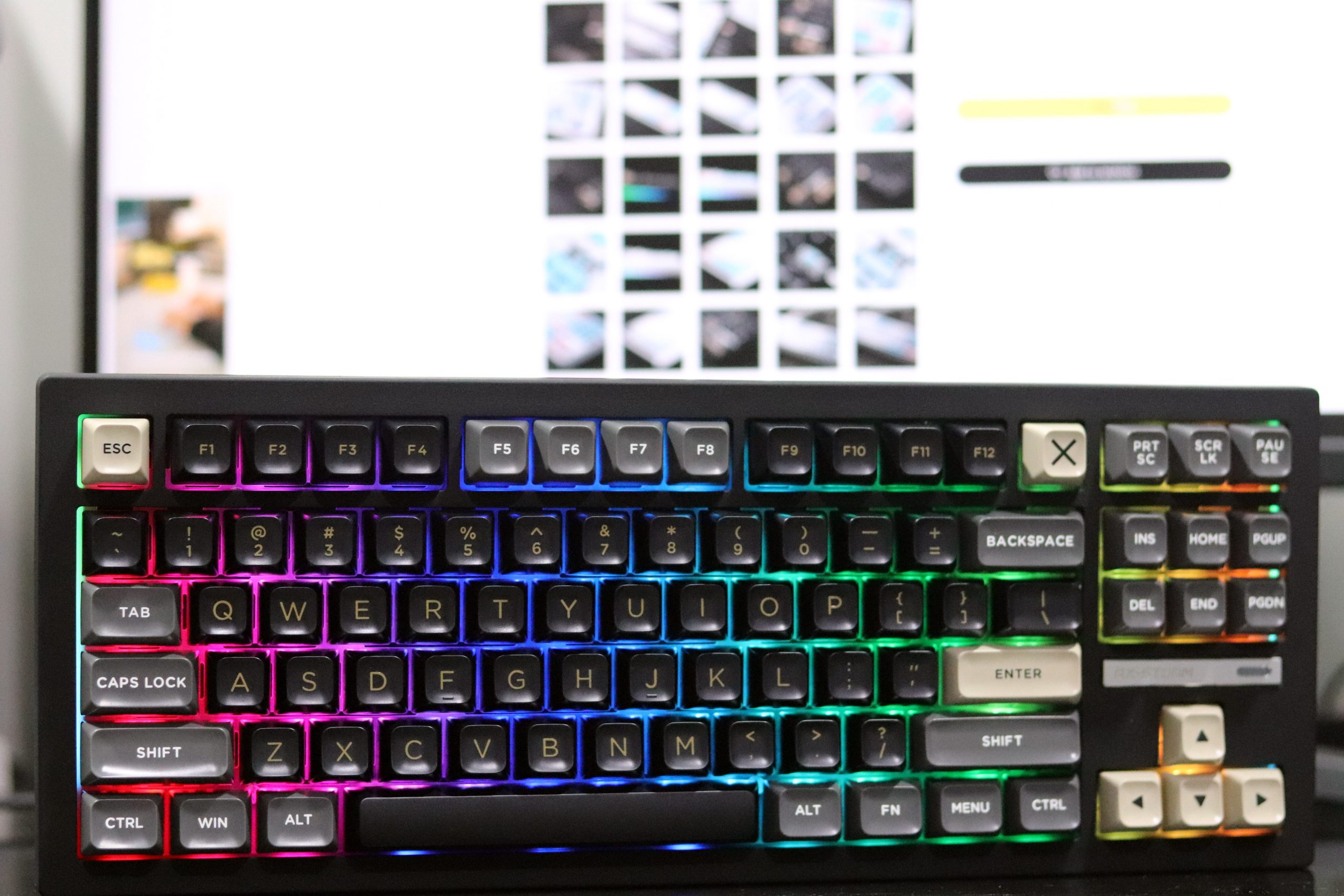Today I’m diving into the RX870 from RX Storm, a fascinating budget-friendly TKL keyboard. The good folks at RX Storm sent this over for an honest review, and as always, all opinions are my own. If you’re interested in checking it out for yourself, all relevant links are in the description below. Thank you, Mechlands, for providing the review unit and supporting an unbiased evaluation.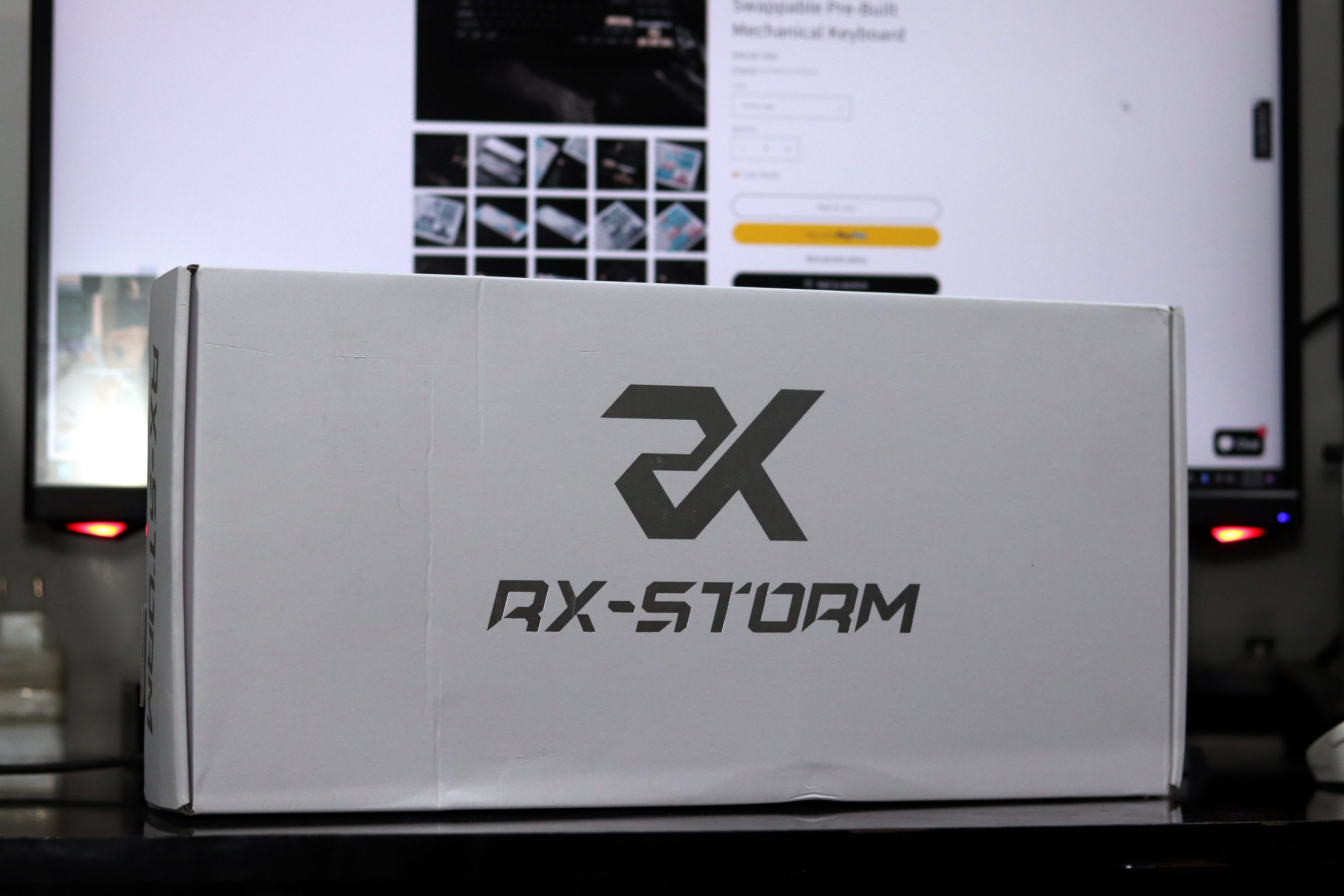
The RX Storm RX870 is the latest addition, priced at just $89. It’s available in three different variants: Candy Floss, Azure Mist, and the one I’ll be reviewing today, Stormy Night. Each variant offers unique aesthetic touches, making this keyboard appealing to a wide range of users.
Unboxing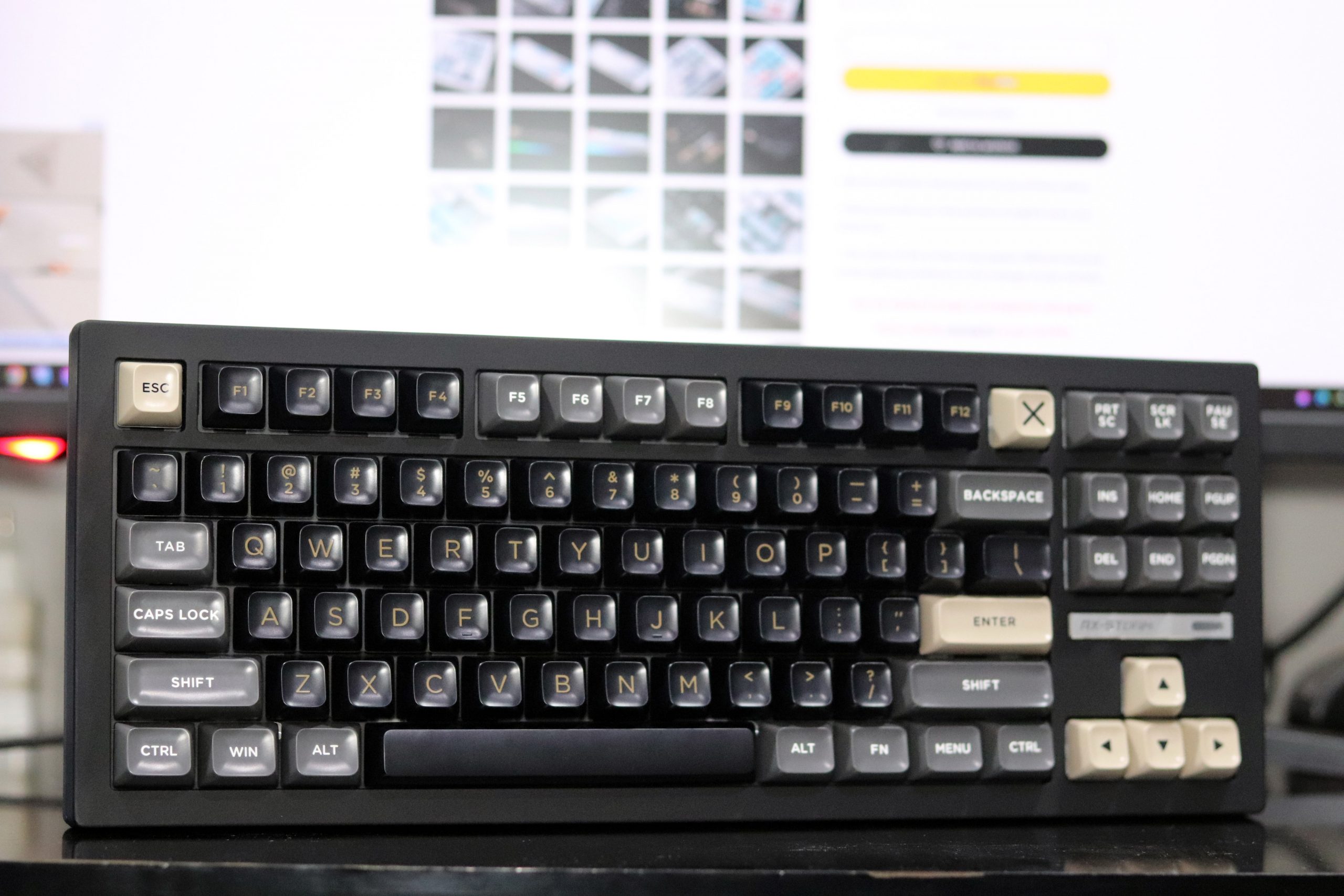
Opening the box, you’re greeted with the keyboard, securely wrapped in plastic and nestled between foam pieces. Beneath the keyboard, you’ll find a straightforward set of accessories: a rubberized USB Type-C to Type-A cable, a combo switch and keycap puller, and a user manual detailing all the built-in shortcuts and hotkeys.
Design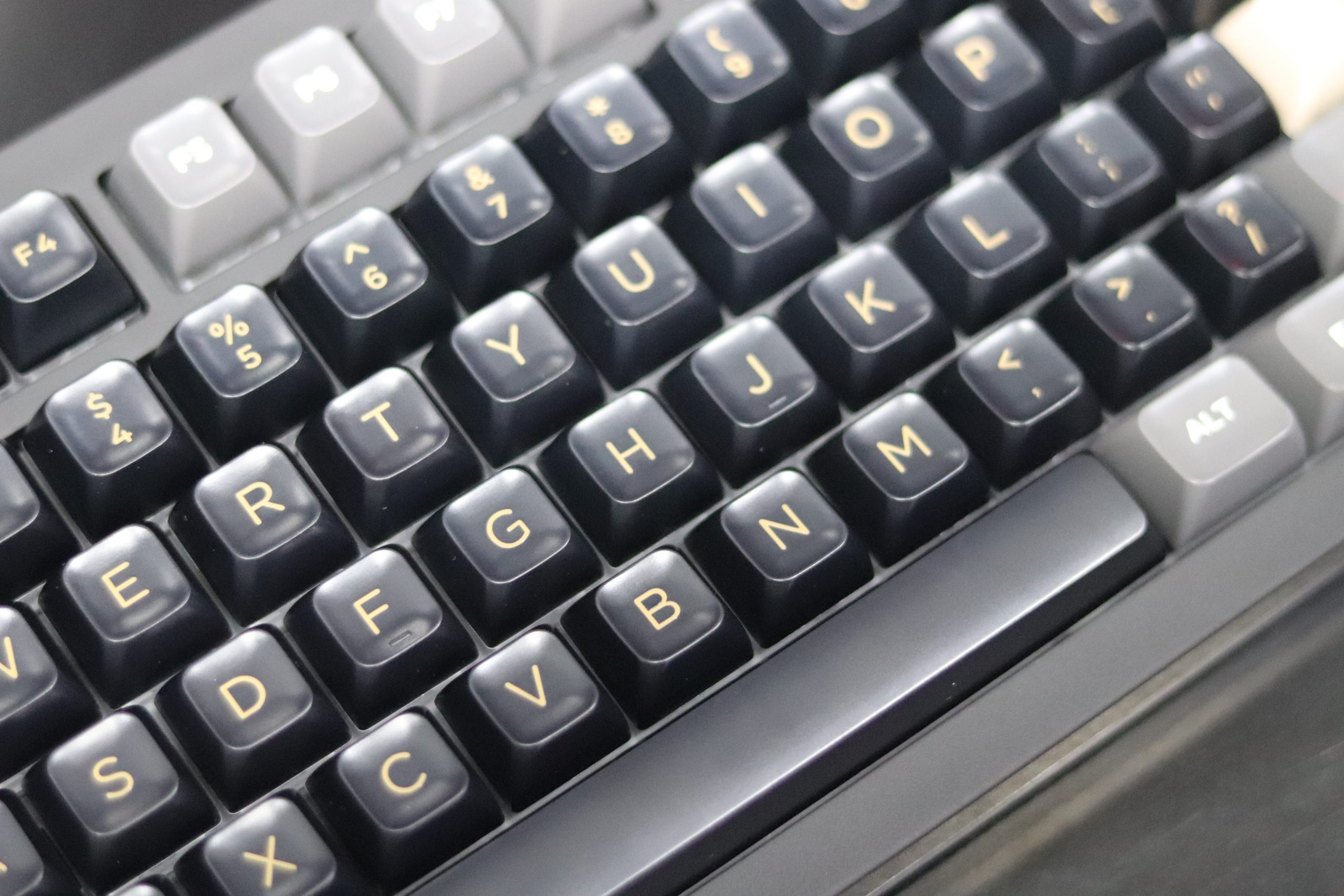
The RX Storm RX870 sports an all-plastic casing with RGB capability and an F13 TKL layout. It has slightly thick bezels and an RX Storm case badge logo with an LED indicator below the half cluster. Initially, the board’s weight made me think it was made of something more substantial than plastic. The real heft comes from its internal components, which we’ll explore later.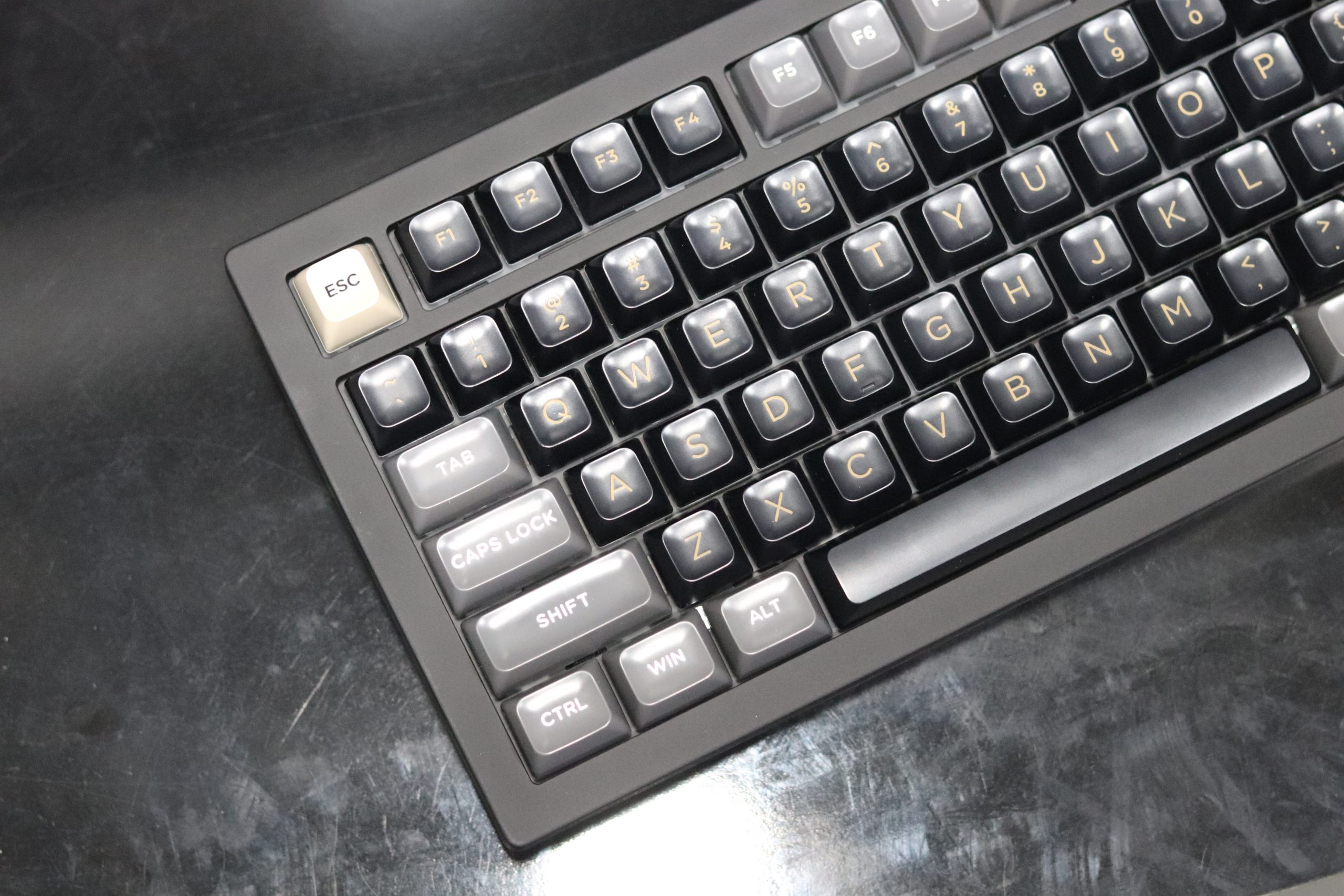
The board’s surface has a unique rubbery soft plastic finish that, while distinctive, might not be to everyone’s taste. It tends to feel gunky and could accumulate visible oils from your hands over time, especially if you have sweaty palms.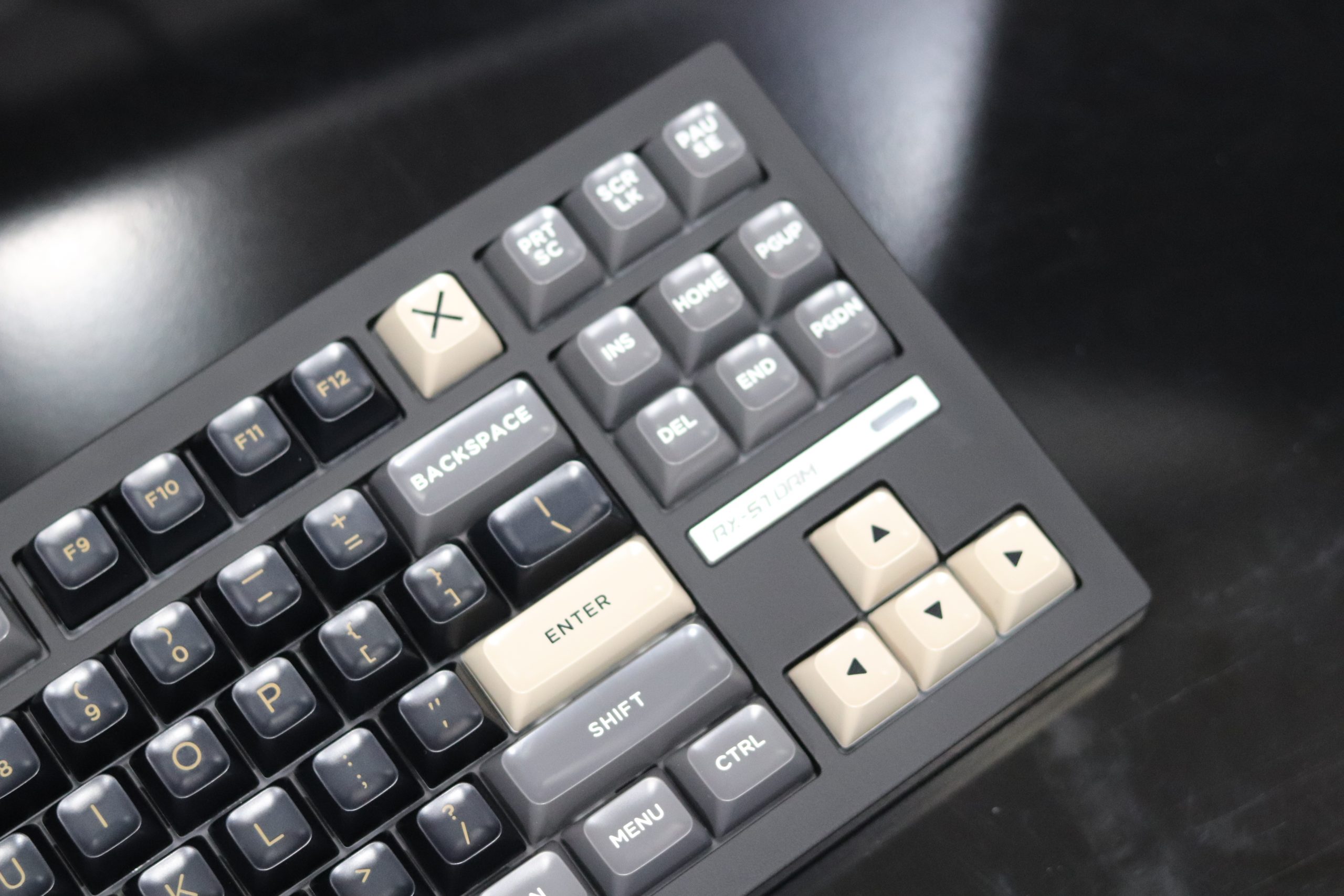
On the sides, the board features triangular light diffusers, adding a bit of visual flair without detracting from the overall aesthetics. The bottom of the board is kept simple with an RX Storm case badge, an aluminum edge cover, four circular rubber feet, and six recessed screw holes.
Features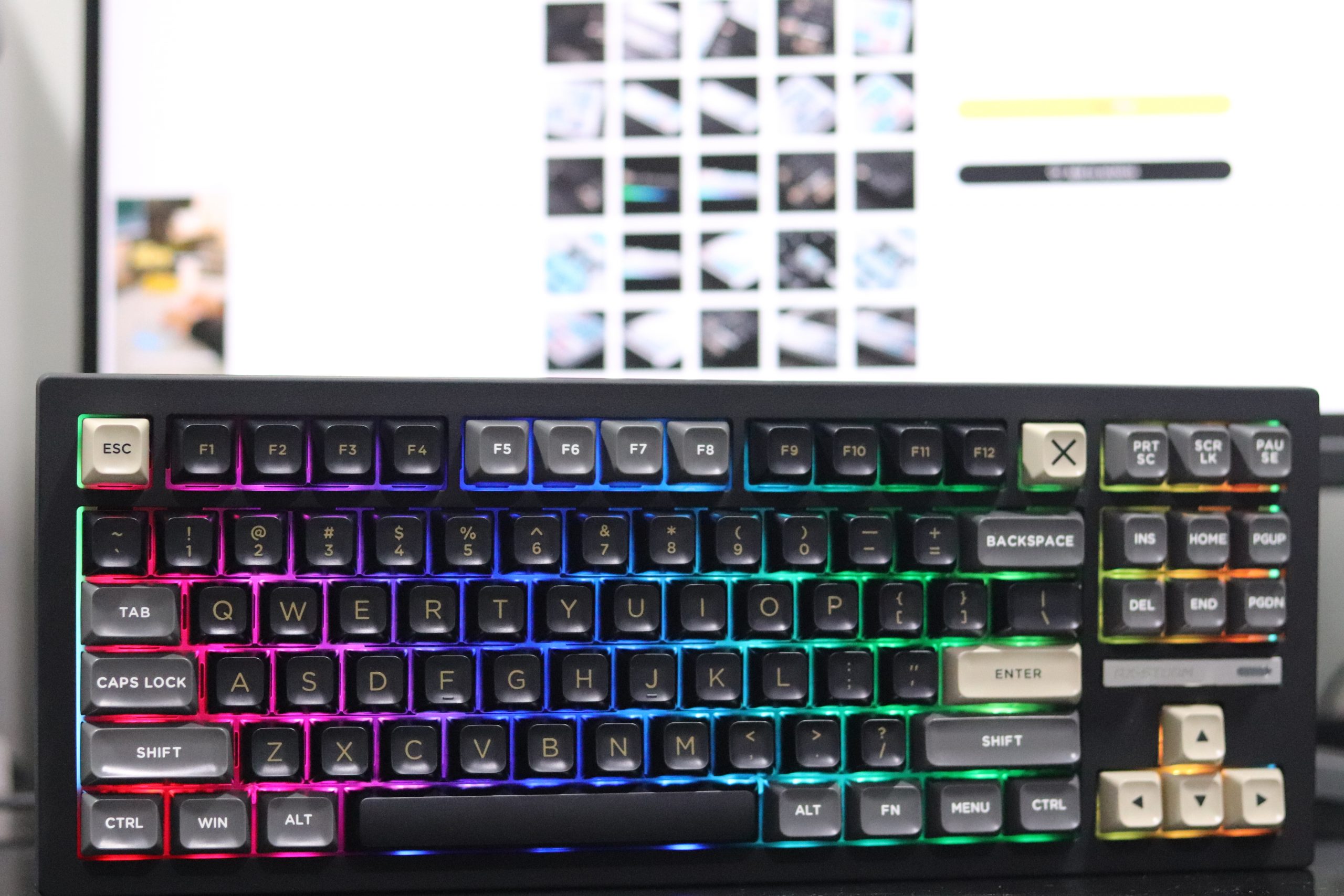
The RX Storm RX870 keyboard’s keycaps are SA profile double-shot ABS plastic, which is a bit surprising for a budget keyboard. Usually, you’d expect Cherry or OEM profiles instead. The keycaps look nice, with clear letters and a smooth feel. But since they’re ABS plastic, they might get shiny faster than PBT keycaps.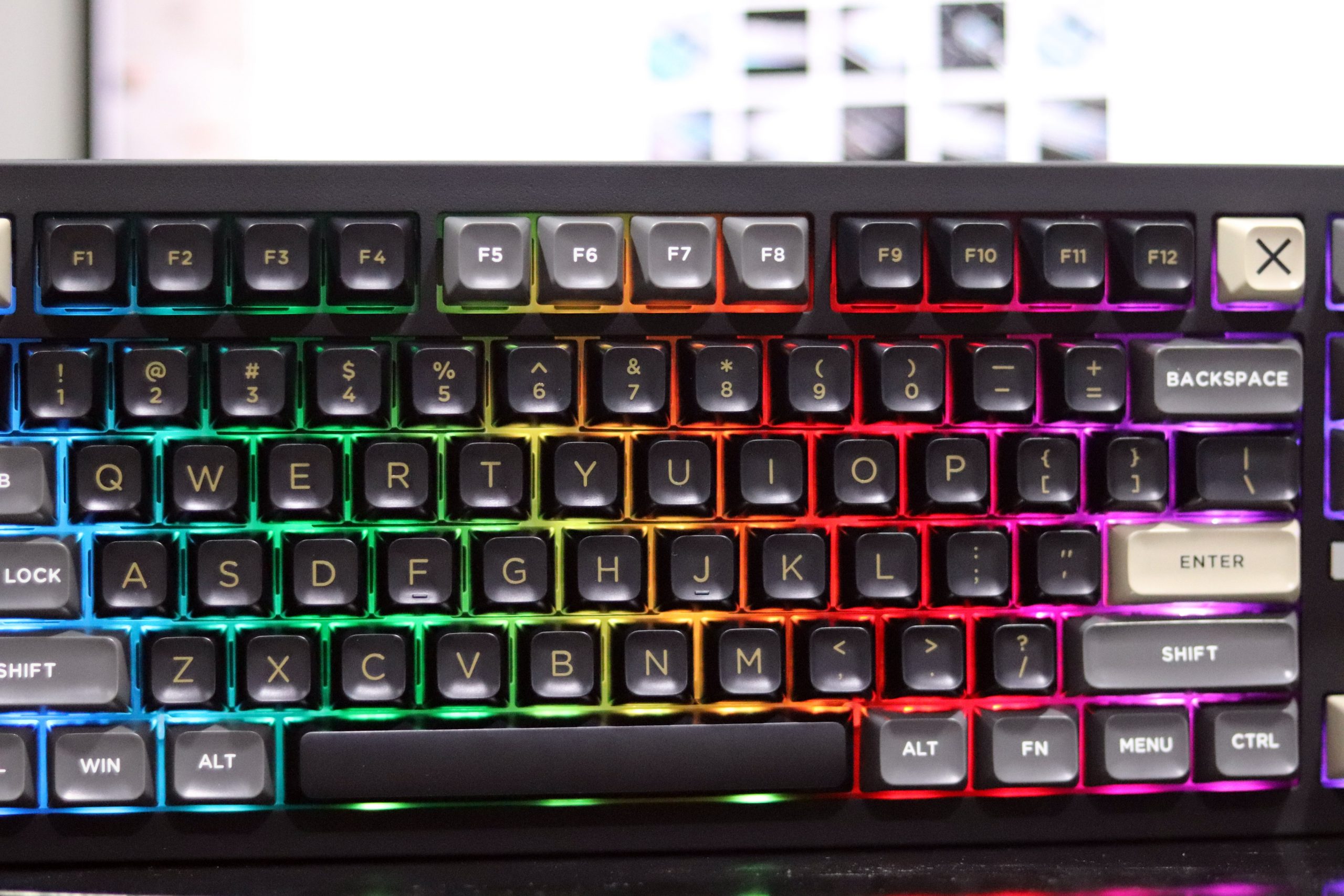
For switches, it uses TTC Yunhai ones that are pre-lubed at the factory. They’re linear switches with a smooth feel and a nice click when you press them. They need a light touch to work, with a spring that’s a bit longer than usual and needs 42 grams of force to press. The switches can go down 3.6 millimeters, which is pretty far. I think the factory lube was good enough when I tried them.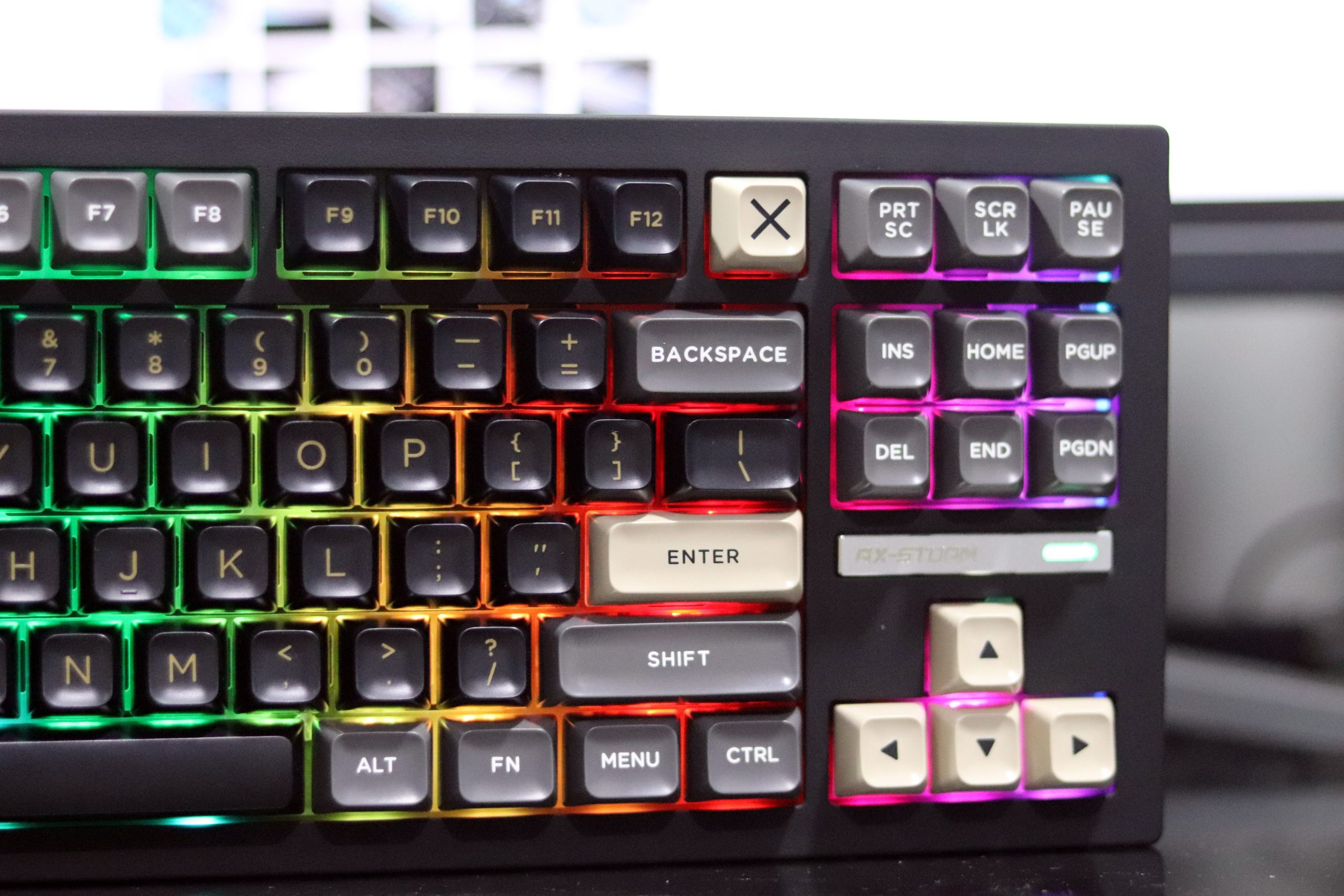
The stabilizers on the keyboard are plate-mounted and also pre-lubed at the factory. They didn’t make any extra noise when I tested them, which is good. They worked just fine without me having to do anything extra for them.
Battery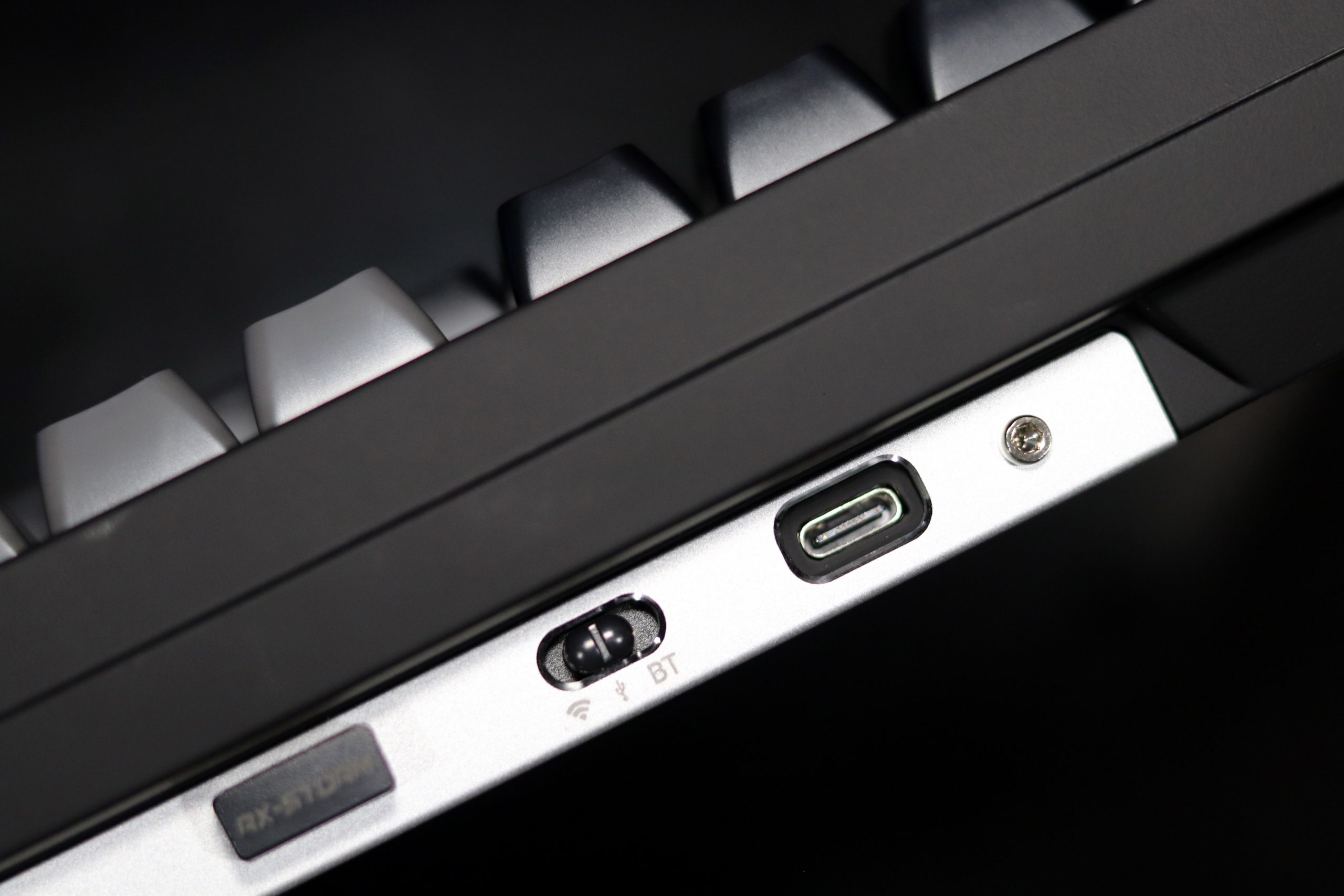
The RX Storm RX870 features a 4000mAh battery, providing substantial battery life for wireless use. Inside, you’ll find case foam filling up hollow spaces and a large aluminum weight that contributes significantly to the keyboard’s heft.
Teardown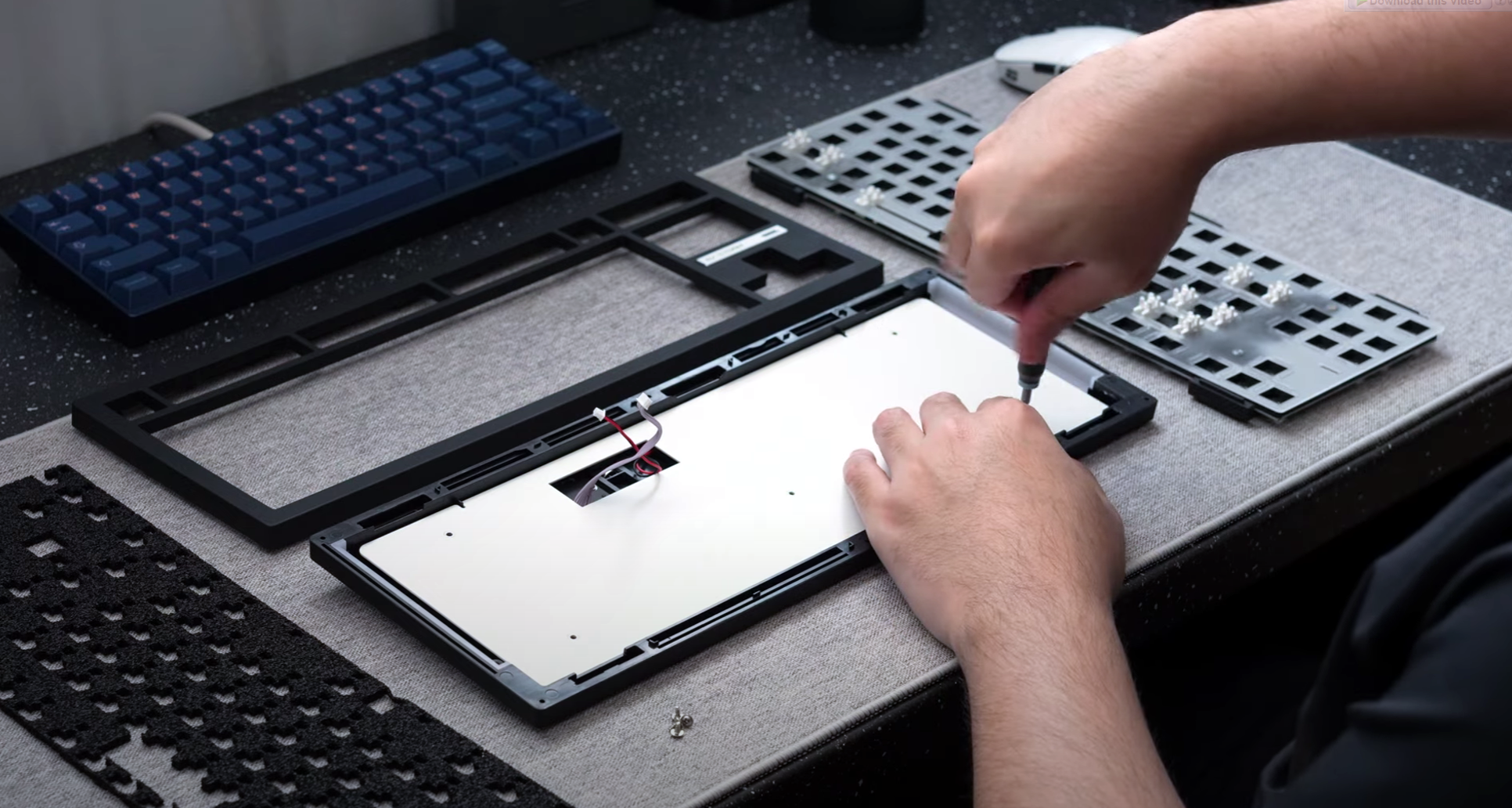
To open the board, you need to remove six screws. Inside, you’ll find case foam filling the space below the plate assembly and a significant aluminum internal weight that gives the board its heft. There’s also a large 4000mAh battery and a daughterboard. The plate assembly is gasket-mounted using silicone gasket jackets, providing a balanced typing feel that’s neither too stiff nor too flexible.
The PCB is fairly standard, with a 6.25U spacebar bottom row and south-facing LEDs. Unfortunately, it doesn’t support alternative layouts or screw-in stabilizers, but this isn’t a major issue given how good the stock stabilizers are.
Conclusion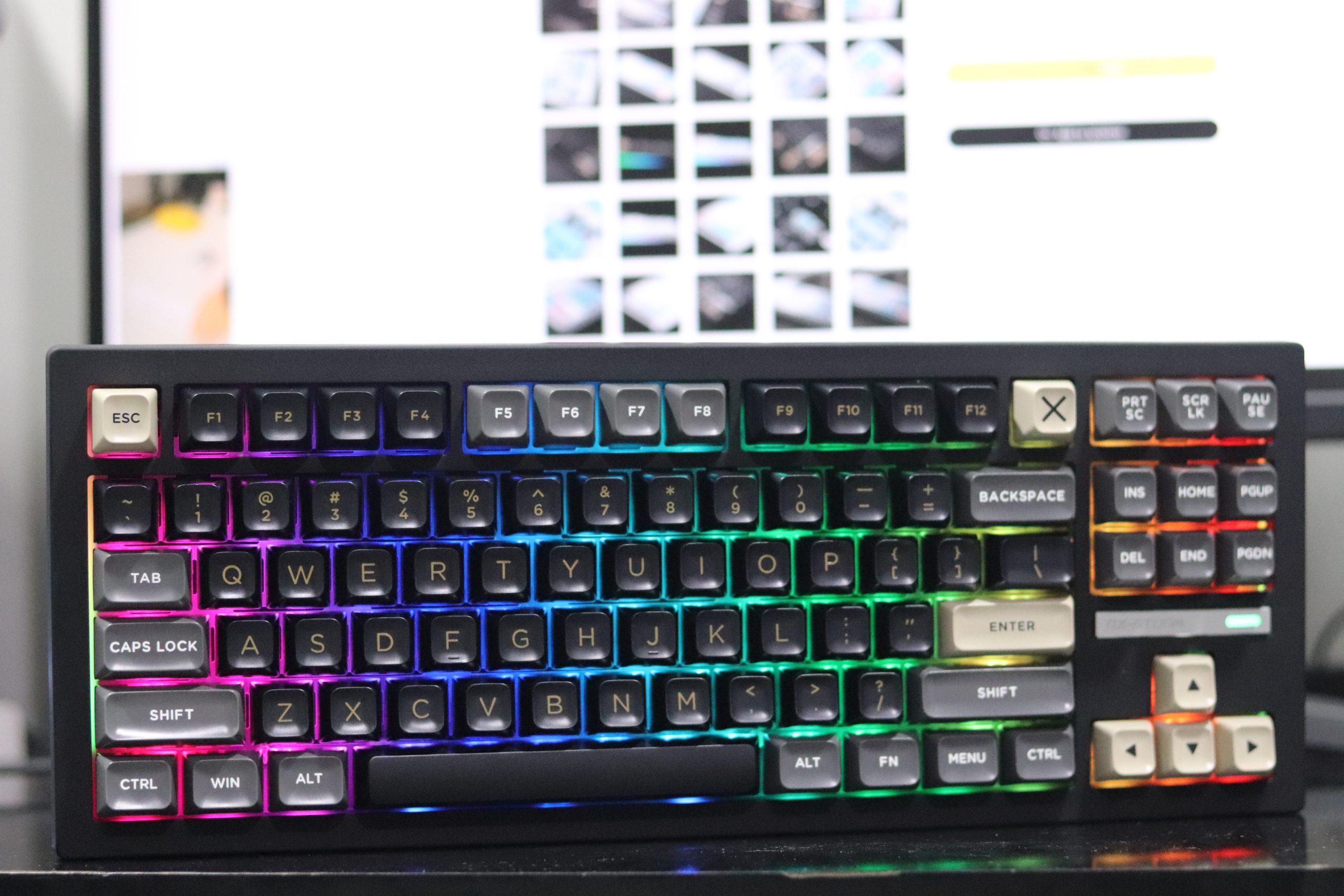
Let me share my final thoughts on the RX870 keyboard:
Pros:
Sound and Feel: The RX Storm RX870 sounds good and feels nice to type on. The material it’s made from and the way it’s designed to give a good balance between being firm and flexible.
Design: The keyboard has a simple design and gentle lighting touches. The keys and supports are well-made for a keyboard ready to use out of the box.
Value: It’s priced at $99, which is great value for money considering its high-quality parts and strong build.
Cons:
Case Finish: Some people might not like the soft, rubbery plastic finish. It can get smudged with fingerprints and oil over time, which might not feel nice.
Lack of Advanced Features: It doesn’t support QMK or VIA, alternative layouts, or screw-in stabilizers. This might not be ideal for keyboard enthusiasts who want those options.
Overall, despite these small issues, the RX870 is a good choice for anyone looking for a solid, affordable TKL mechanical keyboard. If you don’t mind the finish and are happy with the standard layout, it’s worth considering.
Read Also: Lenovo’s new K1 light tone wireless keyboard and mouse set released at 149 yuan, $20.9










